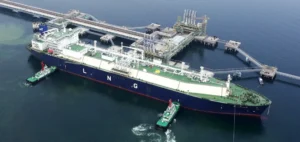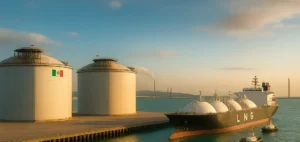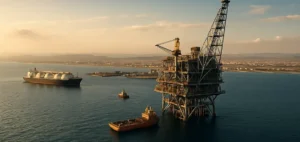Freeport LNG resumes shipments of liquefied natural gas (LNG) after an interruption caused by Hurricane Beryl. The storm, which hit the Texas coast on July 8, damaged energy infrastructure and left more than a million homes without power.
Freeport LNG shuts down its three liquefaction trains on July 7, slowing the resumption of operations.
Restart progress
Restart of operations at Freeport LNG progresses.
Preliminary data from LSEG show that gas flow to the 2.1 billion cubic feet per day (bcfd) facility reached approximately 1.0 bcfd on Monday, up from 0.8 bcfd on Sunday.
Freeport LNG reports that the restart of its liquefaction trains is proceeding safely, although processing rates may fluctuate as the restart progresses.
The Marshall Islands-flagged vessel Axios II leaves Freeport LNG with the first cargo since July 5, marking the resumption of exports.
On Monday, the Bermuda-flagged Gaslog Wales is loading at Freeport LNG, while two other vessels are waiting near the port.
Market impact
Freeport LNG uses grid electricity for its operations, converting almost all the natural gas it withdraws into LNG.
Gas flows to the seven major U.S. LNG export plants fall to 11.5 bcfd in July, down from 12.8 bcfd in June and a monthly record of 14.7 bcfd in December 2023.
With Freeport restarting and heat expected next week, gas futures for August delivery on the New York Mercantile Exchange rise 9.2 cents, or 4.3%, to $2.220 per million Btu, reaching their highest level since July 12.
The resumption of operations at Freeport LNG is crucial to the supply of LNG to the United States, and stabilizes the market after the disruption caused by Hurricane Beryl.
The normalization of operations offers interesting prospects for the global LNG market.




















